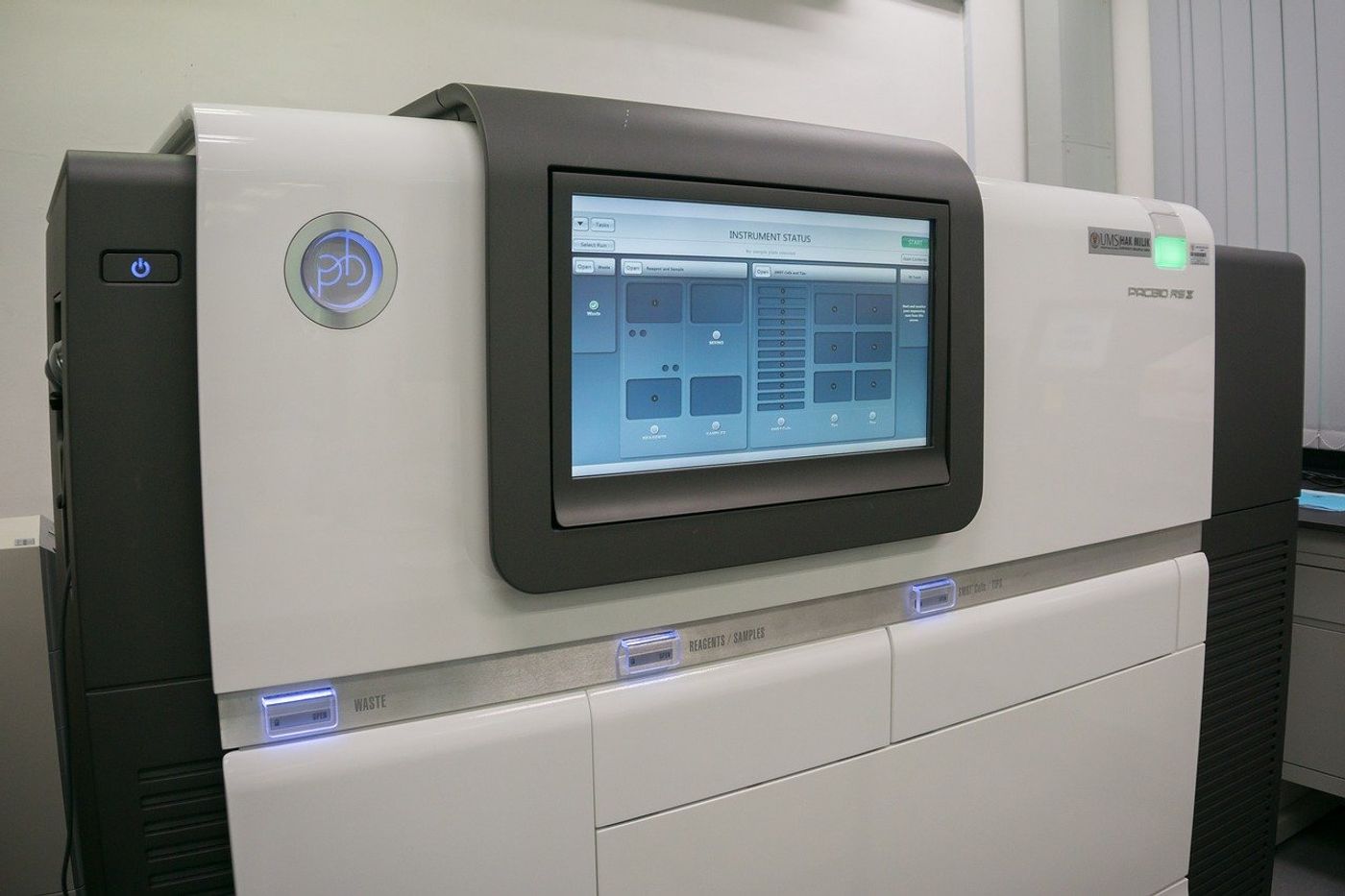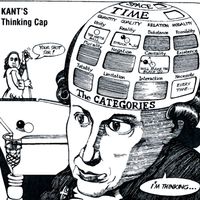Frankenworld: Should We Be Afraid of Playing God or Failing To Love Our Monsters?
We humans are peculiar and rather frightening creatures. Part of that peculiarity is our endless fascination with ourselves and our place in the world — and so much the better, we think, that our place is at the top of the food chain. We pretty much dominate every other creature out there, driving species to extinction from tiny frogs to massive trees. What we’ve done to change the climate will result in more irreparable damage. Paradoxically, the current state of affairs — the culmination of that intense self-regard — is slowly killing us, too.
Yes, we humans have been mucking about with the planet since, well, we became us. Yet we also admonish ourselves to never, ever play God. Whether theist, atheist, or antitheist, we humans “play” at being “God” when we pretend to know more and attempt do more than our actual capacities allow. To play God is to be motivated by hubris. In the sciences, that arrogance is born out of the confidence we can control nature, despite the fact that nature will never completely yield to our machinations.
No doubt, we have had enormous success understanding causes and effects, of predicting and directing events. Human history is a story of remarkable achievements. It’s not surprising, then, that we think quite well of ourselves — but not without paying a price. Consider, for example, the United States’ terrible history of using human beings as lab animals without their consent. Researchers used Henrietta Lacks’s cancer cells without her knowledge while the Tuskegee syphilis study, conducted under false pretenses by the CDC and U.S. Public Health Service, lasted 40 years.
Frankenstein and Parental Duty
According to Stanford law professor, Henry T. Greely, Mary Shelley’s Frankenstein is a prime example of the frightening results of playing God. Greely refers, in this case, not the original 1818 edition, but the second, which was published in 1831. In fact, as we learn from Greely’s essay, “Frankenstein and Modern Bioscience: Which Story Should We Heed?”, it is actually the 1823 play, Presumption, along with Shelley’s second edition of Frankenstein, that inspired the monster we know today.
Commentators generally agree that Shelley’s first edition focused on the immorality of abnegating one’s parental duty. Here, it is Victor Frankenstein, the monster’s creator, who fails his parental responsibilities. The monster itself is largely the hapless victim of what amounts to child abuse.
In Shelley’s first edition of Frankenstein, young Victor is revolted by his creation. Despite repeatedly seeking Victor’s “guidance and love,” Greely tells us, the monster is rejected. Victor either does not recognize, or simply refuses to accept his duty. In this case, that duty is to take responsibility for his own actions, to take care of his creation.
The concept of duty arguably has its most powerful expression in the moral philosophy of Immanuel Kant (1724-1804). According to Kant, duty is how we express moral obligation. To be motivated by duty is to be motivated to act from respect for the concept of a moral law. That law, as Kant has it, is articulated in at least two ways: 1) ‘Act only on that maxim you can, at the same time, will as a universal law’; and 2) ‘Act so as to treat humanity (both oneself and others) never merely as means, but also always as ends.’ So, for example, the Johns Hopkins researchers who used Henrietta Lacks’s cells without her knowledge, and the U.S. government researchers who engaged in a sustained deception of U.S. citizens, violated the duty not to treat others as mere means.
Moreover, the researchers’ violation of their subjects’ humanity — the failure to respect their subjects’ freedom to make their own decisions — can’t be universalized. In other words, those researchers couldn’t consistently will that everyone follow their plan. Lying to one person or group of people is unsustainable when scaled to humanity. Think about it this way: if I assert that I should lie when it suits me — and “I” am anyone — I’m saying I can envision a world in which no one kept their word, but also one in which people believe me, the liar. That is, I’d have to envision a world in which everyone knows no one keeps their word, but in which people still take me at my word (which I rely upon for the lie).
In bioethics, duty is often associated with autonomy. To respect another person’s autonomy is to respect the principle of self-rule. An autonomous person is a free agent, one who able to make decisions for themselves. Doctors are obliged, for example, to obtain informed consent before undertaking certain procedures because autonomy is — along with nonmaleficence, beneficence, and justice — a bioethical principle adopted by scientific governing organizations and codified into law.
Frankenstein and Frankenworlds: Genetic Selection, Genetic Editing, and “Brain Surrogates”
Greely argues that this version of the story, while not the most famous, has just as much to teach us as the one that serves as a cautionary tale against playing God. That latter story — the 1831 edition of Frankenstein — Greely tells us, emphasizes Victor’s “unbounded ambition.” In this version, Victor is not a young medical student, but a doctor and professor. As such, he is an authority figure and someone whose deep learning makes him presumably worthy of the sort of deference given to someone of his stature. The monster he unleashes symbolizes the consequences of Victor’s hubris.
That hubris is found in the scientific enterprise itself. Among the major concerns Greely raises is the speed at which scientific advancements are made: “Advances are coming almost too quickly to track,” Greely writes. The consequences are not easy to anticipate, which, for one thing, means we lose control. The power of empirical knowledge is nothing short of the knowledge of causes. Causal knowledge, in turn, brings with it some measure of control — predictive power, for example. If, however, scientific research outpaces our knowledge of causes and effects, the result can be “disconcerting directions taken by scientific research,” specifically, the biosciences.
Greely highlights genetic selection, genome editing, and “brain surrogates” as areas susceptible to pernicious Godlike play. Genetic selection, a technique practiced since 1990 for disease screening (Preimplantation genetic diagnosis, or PGD) and sex selection, no longer requires human eggs. In 2007, a Japanese scientist created the first pluripotent cells from human skin. The undifferentiated stem cells, Greely reports, “seem to be able to form every cell type, from heart cells to kidney cells to brain cells to eggs and sperm.” Combined with genome sequencing, a prospective parent can learn all sorts of things about their “indefinite supply of eggs,” Greely writes, including cosmetic traits and sex.
Greely writes that genome editing, the technique known as CRISPR (Clustered Regularly Interspaced Short Palindromic Repeats), “allows scientists very precisely to cut out specific DNA sequences from living cells, and to insert, in their exact location, different specific DNA sequences.” So, for example, genome editing will allow people to make explicit genetic changes that, Greely says, “could then be passed down to future generations.” Greely singles out the work of “China’s Dr. Frankenstein” for condemnation. By modifying human embryos with CRISPR, Greely claims, the scientist’s work (including bringing the fetuses to term), “constitute[d] a thoroughly unethical experiment”.
Nevertheless, Greely acknowledges, “CRISPR is likely to make huge changes in our world,” though he thinks, rather than use it on humans, “we will deploy it to modify the rest of the biosphere.” CRISPR will be used, for example, to create decay-resistant apples, disease-resistant livestock, and plasmodium-resistant mosquitos (Plasmodium causes malaria).
Closer still to a Frankenworld is work done on what Greely calls “brain surrogates: human neural organoids, human/ nonhuman brain chimeras, ex vivo human brain tissue, and artificial intelligence.” Organoids are created using undifferentiated stem cells from five-day old human embryos. Scientists hope to study genetic diseases in the organoids, which can serve as models for various genetic diseases. What Greely finds especially troubling are neural organoids, which “aren’t mini- brains, exactly, but they are something newly made by humans, with uncertain limits.” A neural organoid has, at roughly 0.02% of the number of neurons the human cerebellum has, which means little chance of consciousness. Nevertheless, as Greely points out, the neural organoid has “two to six times the number of neurons in honeybees, animals with the capacity for very complex behavior.”
Scientists who implant brain organoids into rodent brains have created chimeras, another candidate for Frankenworld. The purpose is to study how brains work without harming humans (though apparently non-humans still don’t count among the class of things not to be harmed). As Greely points out, there is no expectation that the rodent is going to develop human consciousness, but chimeras — along with the practice of sustaining increasingly larger and larger chunks of brains outside the human body to research diseases such as Alzehimer’s — do raise the question of what, if any, “piece” of the brain’s owner persists. Greely writes, “one might worry that [the brain pieces] contain some information—or even memories of—the person they were taken from”.
Greely turns next to a technology that, compared to artificial intelligence, gets little attention: SHELEs (synthetic human embryo-like entities) and SHEEFs (synthetic human entities with embryo-like features). Rather than using a computer model of the brain, “researchers are trying to create living, multicellular organisms from single cells that are not a fusion of egg and sperm but are stem cells…other researchers are creating “sort-of” human embryos using stem cells, again avoiding any fusion of egg and sperm. These “embryoids” allow researchers to study embryonic development because law and ethical norms limit using human embryos younger than 14-days old for research. Bioethicists and others aren’t sure if, for the purposes of the research, these SHEEFs should be classified as embryos. As Greely points out,“Turning stem cells into SHEEFs or turning human IVF embryos into fetuses, or possibly children, without the use of a womb seems another new and unsettling way of creating (human) life.”
One final, and rather startling development occurred at the intersection of biology and machinery. Fashioning a wing-like shape out of gold wires, hinges, elastic, and covered in a thin plastic coating, researchers added rat heart muscle cells on one side. The cells, genetically altered by optogenetics, the cells contracted when hit by a laser light. The result, a Frankenflyingratheart, was placed inside an aquarium with oxygen and sugar. With the light on, the ‘wings’ flapped and relaxed as the muscle cells activated and then the elastic brought them back up. In this way, the Frankenflyingratheart moved around the aquarium. “What are they?” Greely asks. “Machines with a biological component? “A life form with a non-biological part? Some have called these kinds of creations “cellbots,” but no one seems to have thought much about what they are-and whether or not they are a new, human-created, kind of life.”
A Duty to Care for Our Monsters and to Check Our Hubris
Greely concludes that we can learn from both versions of Shelley’s masterpiece. We have a duty to care for our creations, to pay “close attention” and show “concern.” In so doing, we also keep hubris in check. “None of these technologies should be turned loose,” Greely asserts, “without attentive regulation, monitoring, and the possibilities of midcourse corrections.” Greely has some proposals for how this can be accomplished, but, in addition to regulation, it boils down to education, “avoiding surprises,” and argumentation.
First, regulation is imperative in scientific endeavors, “to try to ensure that they cause more benefit than harm.” Second, scientists need to educate the public on what they’re doing, and why they’re doing it. As Greely puts it, “scientists must explain the goal and how something that people see as worthwhile might come out of it, even if that something is “only” a better understanding of, say, the history of life or the sensation of feeling “cool” (or “awe”) from seeing an extinct species revived.” (Think Jurassic Park.)
Third, we should work to avoid surprises, which, Greely tells us, ‘can generate the sort of negative responses and knee-jerk reactions exhibited in Frankenstein.’ Fourth, and finally, scientists must engage in argumentation. Science is not just ‘science for science’s sake.’ Rather, scientists, Greely argues, “cannot just rely on an asserted right to research or academic freedom, especially if the research requires government funding. Science must be ready to make the case for the research it wants to pursue. And it must be equally ready to accept defeat if society decides that some research should not be done.”
Ultimately, Greely, thinks both versions of Shelley’s classic novel offer valuable ways to think about our obligations to ourselves and others — not just in the biosciences, but more generally. And while some commentators see a distinction between the duty to care and the prohibition against playing God, it may be that the two are ultimately inseparable. It may be, in other words, that we have a duty to treat our world and its occupants with a respect consistent with the abiding awareness of our own fallibility.
Sources: Huntington Library Quarterly, Tuskekee University, Johns Hopkins University, Stanford Encyclopedia of Philosophy














